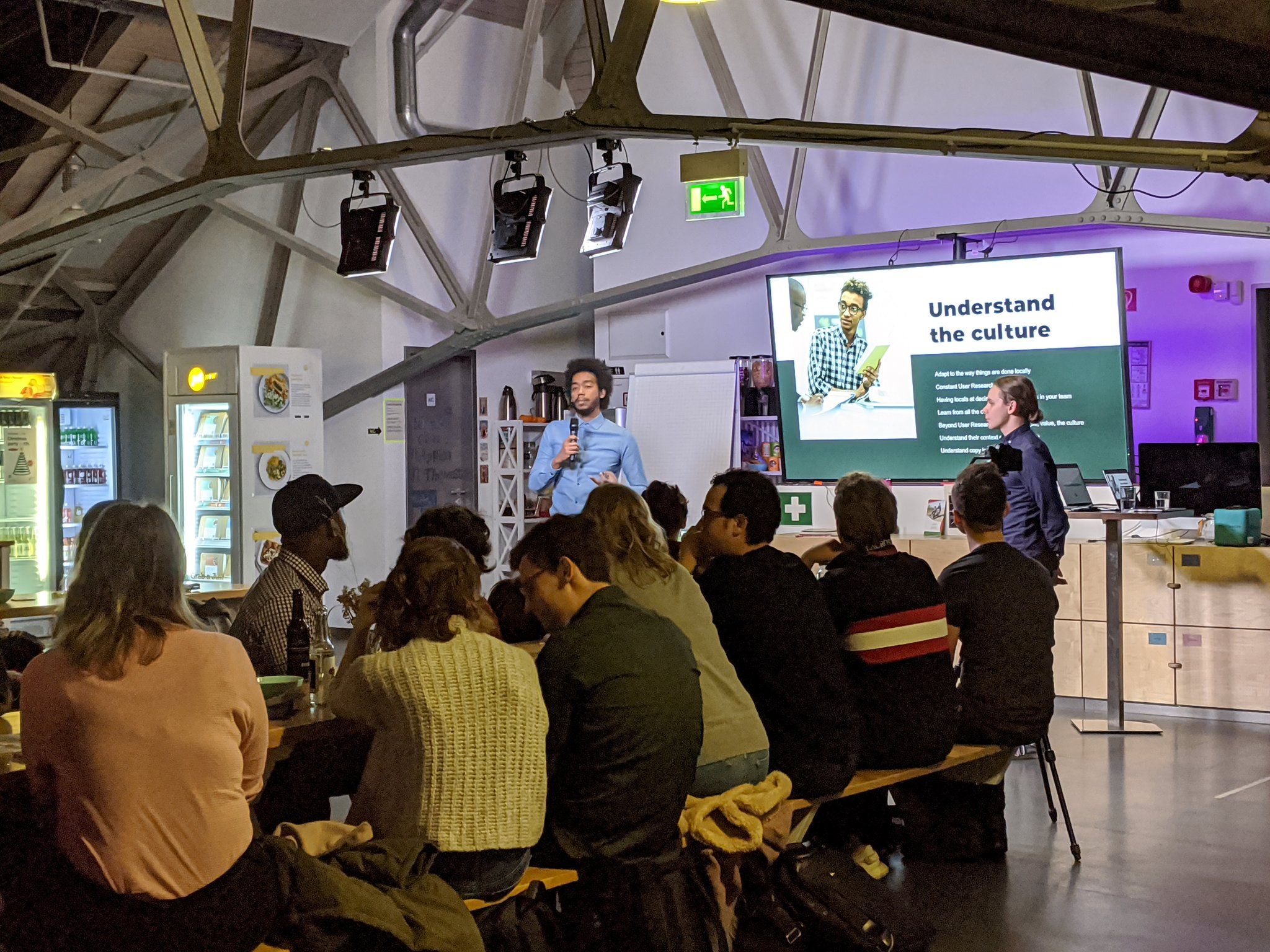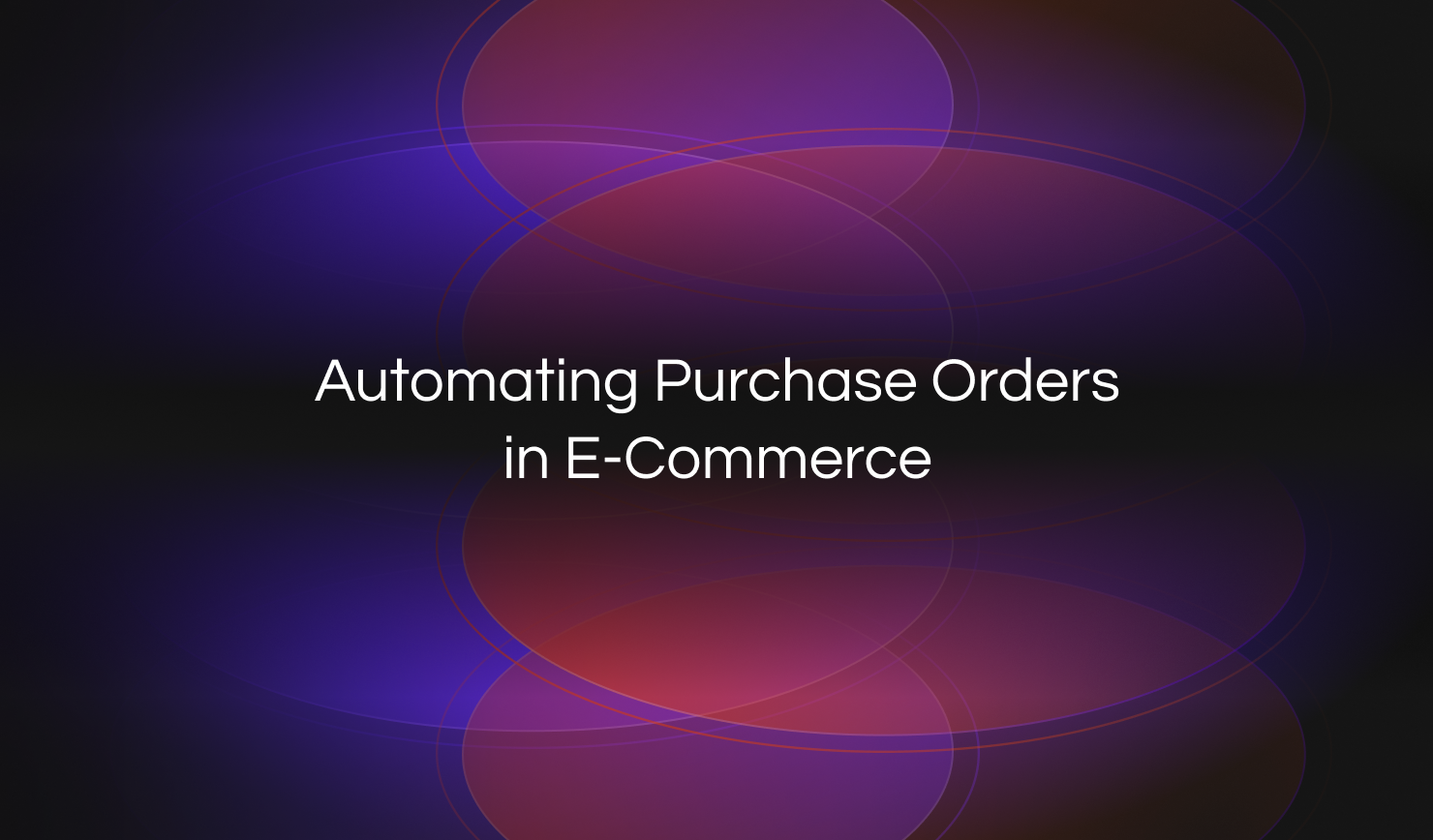Design Lab Berlin - Challenges in Designing for African Markets
Night Mode

Last November, our CTO Rafal Cymerys joined Berlin's Design Lab meetup.
Together with Jonathan Gall, they shared some insights on designing digital products for African markets.
Most of digital products built these days focus mostly on European and American markets. When designing them, we can often rely on well-known patterns. But are these patterns still relevant if we're building for other markets?
With booming economies in Asia and Africa, we will soon need to be able to design for them as well. During our talk we're going to share lessons learned from building a premium e-commerce and logistics platform for West-African markets.
We're going to cover major differences and challenges that we faced during the process. From payments to managing day-to-day interactions of customers on the platform, working on this project proved to be an opportunity to deploy carefully created custom user-experiences.
The recording is now available here:
Explore More Blog Posts

The AI Design Gap: Moving Beyond One-Way Generation
There are plenty of tools capable of generating code from designs or directly from prompts. In theory, this looks like a dream scenario. It drastically shortens the journey from design to frontend development. The handoff is quicker, the design is easier to implement, and everyone involved is happier. Right?

Migrating an ERP-Driven Storefront to Solidus Using a Message-Broker Architecture
Modern e-commerce platforms increasingly rely on modular, API-driven components. ERPs… do not. They are deterministic, slow-moving systems built around the idea that consistency matters more than speed.

Automating Purchase Orders in E-Commerce: How Agentic AI Handles Unstructured Input
In an era of connected e-commerce, it’s easy to assume that every order flows cleanly through APIs or online checkouts. The reality, however, may be very different, especially in industries where B2B and wholesale operations still rely on unstructured, offline, or legacy input formats.